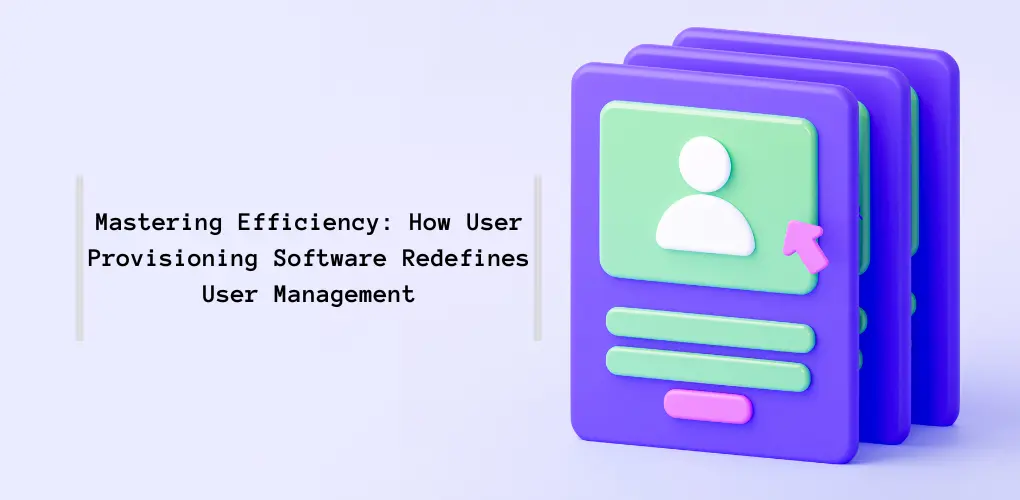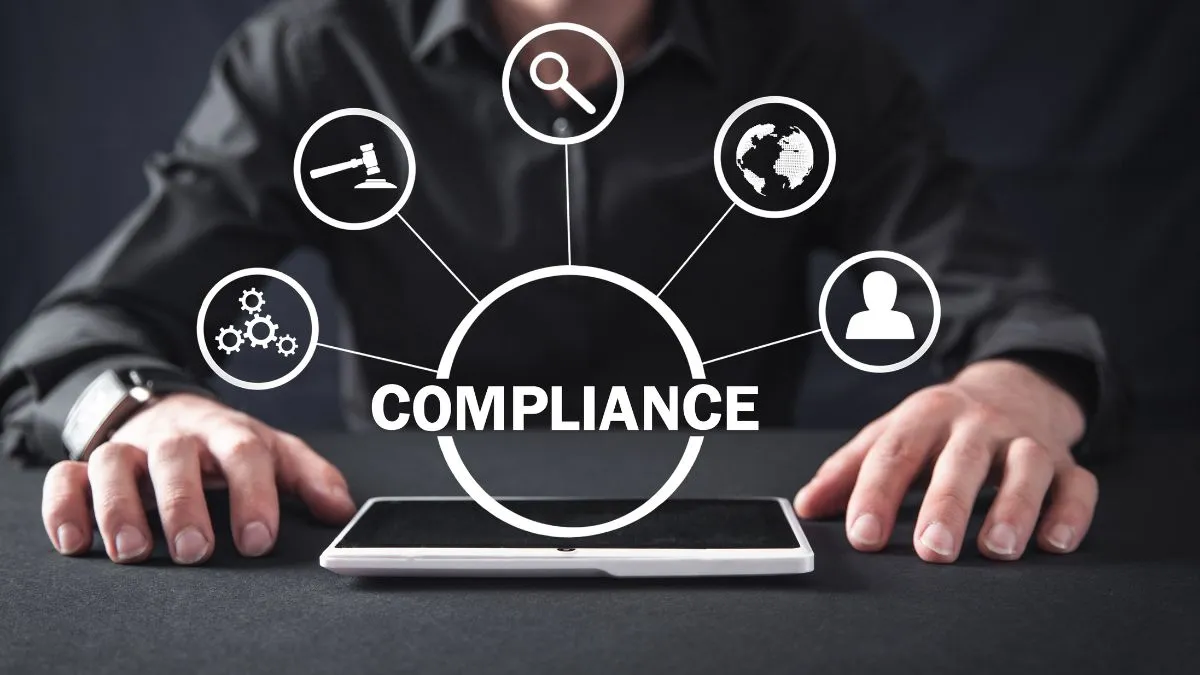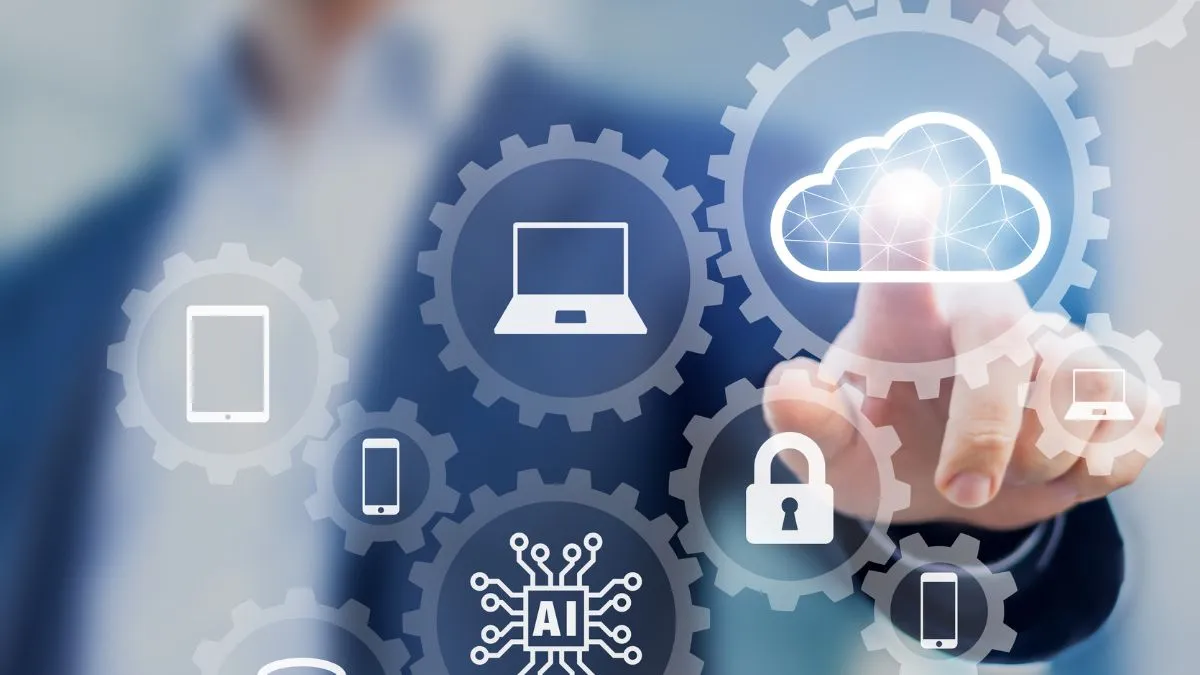The rapid pace of digital transformation has heightened the importance of effective user management for organizations. As businesses adopt new technologies and expand their digital footprint, they need to ensure robust access governance while delivering seamless user experiences.

This emerging landscape has catalyzed the evolution of user provisioning software from niche tools to indispensable platforms that are redefining modern user management.
The Shift from Manual Processes to Automated Provisioning
Traditionally, user management involved cumbersome and error-prone manual processes. Adding a new user meant navigating complex workflows and completing lengthy forms across multiple systems. Any change in a user’s role or access permissions required going through the entire cycle again. However, this fragmented approach was neither scalable nor sustainable.
Businesses have now fully automated at least one critical business function.This shift towards automation marks a dramatic turnaround, with user provisioning software central to this transformation. By integrating with existing identity management systems, these solutions offer a centralized and automated approach to managing user lifecycles holistically.
The software codifies and orchestrates workflows, effectively eliminating manual tasks. The result is enhanced efficiency, speed, accuracy, and compliance in user management.
Seamless Integration with Identity Management Frameworks
A keydriver of the rapid adoption of user provisioning platforms is their seamless integration with identity management frameworks like SSO (single sign-on) and MFA (multi-factor authentication).
This creates a unified identity and access management environment rather than siloed systems. Users can securely access all permitted resources using a single credential. Any identity or access changes made in one system automatically propagate across all connected platforms.
This degree of integration enables a consistent user experience and reduction in redundant identity silos. By closely tying user lifecycle processes to identity management frameworks, organizations can achieve comprehensive governance while meeting the demands for an improved user experience.
Automating the Entire User Lifecycle
At the core of user provisioning software is comprehensive automation of user management workflows. Organizations can define rules that enable the platform to automatically execute various processes without any manual intervention.
Estimates suggest that the automated user lifecycle management capabilities offered by these solutions can reduce administrative overhead by over 50%. Software bots handle tasks ranging from automated provisioning, credential management, access certifications, role management, and offboarding. This eliminates the delays and errors that are inherent in manual handoffs between teams when managing user access.
By codifying complex policy and compliance requirements into automated workflows, user provisioning software enforces least privilege principles, validates access, and schedules periodic access reviews. This reduces security risks while optimizing resource utilization based on actual user needs.
Centralized Visibility and Audit Trails
The lack of visibility into the user lifecycle has traditionally been one of the biggest challenges in user management. User provisioning software solves this by serving as a centralized repository of all user-related data and activities.
Dashboards provide real-time insights into the user population across systems and locations. Granular audit trails capture every access request, approval decision, and completed provisioning task, enabling simplified compliance reporting. When responding to audits or investigating issues, organizations can quickly access historical data on user access.
These capabilities are invaluable in demonstrating compliance with regulations like SOX, HIPAA, and GDPR, which mandate stringent controls around user lifecycle processes. The software becomes the single source of truth, replacing fragmented data streams that have often hindered compliance efforts.
Enhancing Security While Lowering Costs
According to an IDC report, organizations that have implemented automation solutions gained an average of 12% increased workforce capacity. By removing the need for mundane manual processes, user provisioning software enables support and IT teams to focus on more strategic initiatives that drive business value.
The cost savings from improved workforce productivity provide a compelling return on investment (ROI) for investing in user provisioning capabilities.
More importantly, automated user access controls and visibility significantly enhance an organization’s security posture. Insider threats, unauthorized access, and privilege creep can be minimized by ensuring users only have access to precisely what they need when they need it.
Integration with threat detection systems allows instant disabling of suspicious accounts. These capabilities bolster risk management and support a least-privilege approach to access security.
Streamlining Onboarding and Fostering Employee Productivity

Source: The HR Digest
Fast and frustration-free onboarding experiences are crucial for the productivity and satisfaction of employees. However, traditional manual onboarding often spanned days and required coordination across multiple teams. User provisioning software helps create seamless onboarding with automated account creation, group assignments, and resource provisioning.
New employees can access all approved apps and systems on day one, allowing them to quickly become productive. The software also enables self-service access requests, password resets, and group management for employees post-onboarding, minimizing dependence on IT teams for routine access issues. These capabilities contribute directly to improving employee experiences.
The Role of AI and Advanced Analytics
User provisioning platforms increasingly leverage emerging technologies like artificial intelligence (AI), machine learning (ML), and advanced analytics. Seventy-four percent of organizations, according to a survey, plan to increase their investments in AI over the next 3 years.
In user provisioning, AI and ML algorithms can analyze usage patterns to dynamically detect access risk, automatically assign roles based on user attributes, predict resource needs, and optimize group memberships.
User behavior analytics provides insights that further refine access policies and controls. As the adoption of these emerging technologies increases, user provisioning software will become even more intelligent, proactive, and autonomous.
Key Takeaways
- User provisioning software automates and centralized user management workflows, eliminating inefficient manual processes. This results in increased security, compliance, and significant administrative savings.
- Integration with IAM frameworks provides comprehensive identity and access governance across applications and platforms. Users enjoy seamless and secure experiences.
- Automated lifecycle management streamlines onboarding, offboarding, role changes, and access reviews while enforcing least privilege principles.
- Advanced analytics, AI, and ML allow the software to become increasingly proactive and intelligent in governing user access.
In the face of increasingly complex digital environments, agile and intelligent user provisioning emerges as a mission-critical capability rather than just an IT function. Organizations must embrace these solutions to master efficiency, security, and the user experience in identity and access management.
Frequently Asked Questions :
How does user provisioning software handle non-employee accounts like contractors?
Leading user provisioning solutions feature robust non-employee management capabilities for automating contingent workforce onboarding, automated access deprovisioning, and granular access policies tailored to non-employee types.
Can user provisioning software scale seamlessly as our workforce grows?
The automated approach of user provisioning software means that scaling is no longer the challenge it was with manual user management. These solutions easily handle growing workforces and large user populations distributed across locations and systems.
How does user provisioning software help us comply with regulations like GDPR and SOC2?
The centralized visibility, access governance, and audit trails provided by user provisioning platforms enable organizations to readily demonstrate compliance with access-related regulations. The software codifies complex compliance rules and enforces them automatically.


